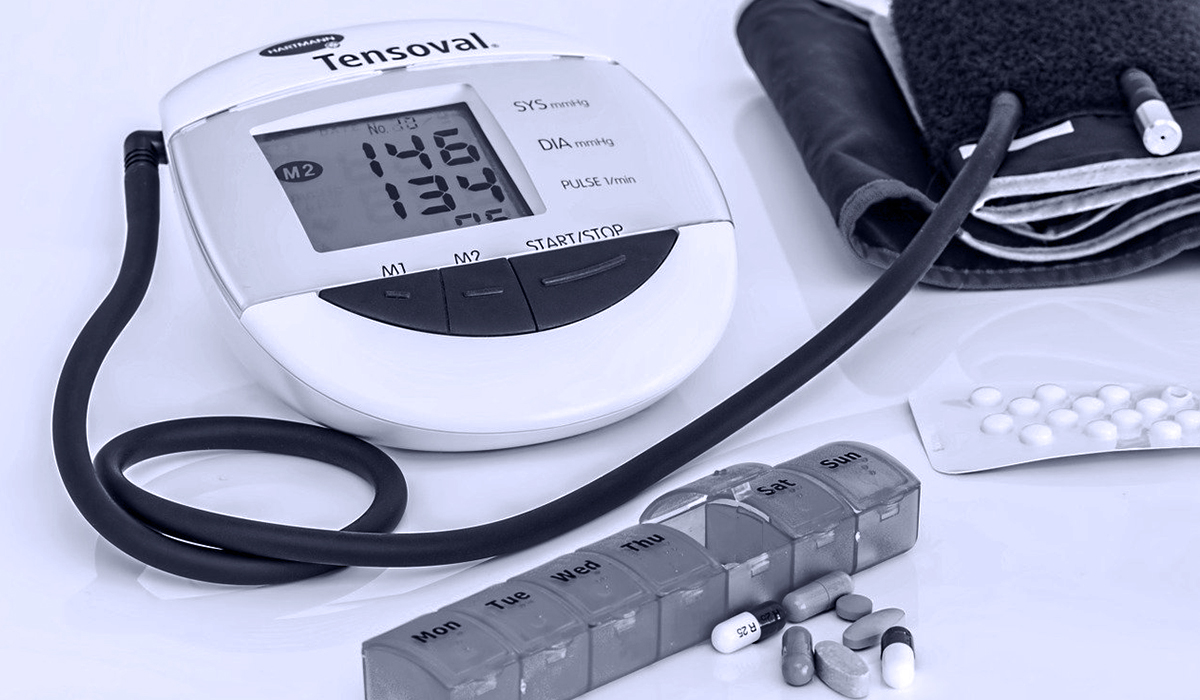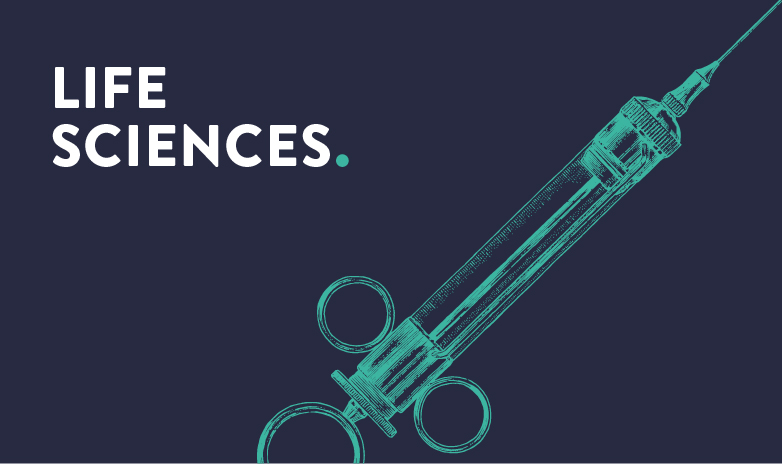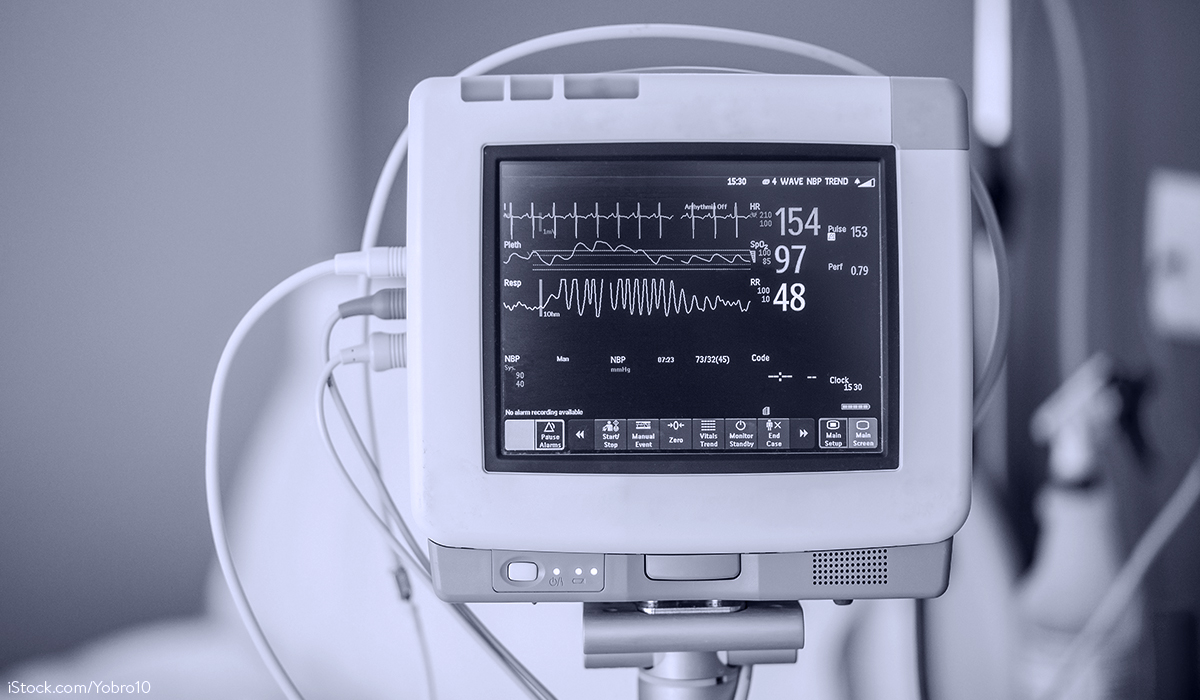The 26.05.2022 brings in the medical device law with the Regulation (EU) 2017/746 a new European legal framework for in vitro diagnostic medical devices (A.). As early as 28.01.2022, the new European Veterinary Medicinal Products Regulation (EU) 2019/6 will apply; at the same time, the new Veterinary Medicinal Products Act will enter into force in Germany as a separate law for veterinary medicinal products, which were previously regulated under the German Medicinal Products Act (AMG) (B.). For medicinal products for human use, Regulation (EU) No. 536/2014 will apply with considerable delay from 31.01.2022 for clinical trials, supplemented by the new version of Sec. 40 et seq. AMG (C.).
A. Regulation (EU) 2017/746 on in vitro diagnostic medical devices (IVDR)
While the medical device sector is still dealing with numerous implementation issues of the EU Medical Devices Regulation (EU) 2017/745 (MDR), which has been in force since 26.05.2021, Regulation (EU) 2017/746 on in vitro diagnostic medical devices (IVDR) will apply from 26.05.2022 as the second major framework regulation to reorganize EU medical device law. Since the IVDR has already been amended by several corrigenda during the transitional period since its entry into force, business operators should refer to the latest consolidated version.
At the same time, the national legal situation of the Medizinprodukterecht-Durchführungsgesetz (MPDG) also comes into force for IVDs in Germany. The necessary amendments to the MPDG have already been taken into account by Art. 3 of the Medizinprodukte-EU-Anpassungsgesetz.
In vitro diagnostic devices (IVDs) are, in short, special medical devices. While the “other” medical devices regulated in the MDR serve to cure, alleviate or compensate for injuries, diseases or disabilities and regularly come into contact with the bodies of vulnerable individuals, IVDs are products for medical diagnostics on samples previously obtained from the human body. The medical purpose, the common DNA of IVDs and other medical devices, means that more or less 80% of the requirements of the IVDR are consistent with the MDR. This gives economic actors in the IVD sector the chance to learn from the still fresh practical experience of the industry in implementing the MDR on important issues.Admittedly, the IVDR also regulates a number of product-related specifics that amount to more stringent requirements compared to the previous regulation of Directive 98/79/EC.
For example, the IVDR brings the following changes:
- The concept of economic operators (manufacturers, authorized representatives, importers and distributors) applies to IVDs. It regulates the clear distribution of roles within the supply chain and imposes much more finely regulated obligations on all economic operators than before. This also applies to all importers and distributors of point-of-care (POC) tests or tests for self-testing – a product group that has recently gained particular prominence with the various SARS-CoV-2 tests, but whose fields of application are also likely to increase significantly.
- The so-called in-house production of IVDs (“Lab Developed Tests”), which plays a not insignificant role in laboratories of health care institutions, will be noticeably restricted.
- The new designation and monitoring of notified bodies with stricter requirements; this point in particular will become a structural problem for the IVD industry.
- At the same time – one of the most important changes – the classification of IVDs will be fundamentally reorganized; the future classification into a four-class system from class A (lowest risk class) to D (highest risk class) means above all that a Notified Body, which has not been available with sufficient capacity up to now, will have to be involved in the conformity assessment for considerably more IVDs than before. Pure “self-certification” remains solely for class A products (these are probably only 10 to 20 percent of the products on the market).
- The Unique Device Identification (UDI) system, together with improved traceability of products in the market, will also become mandatory for IVDs.
- Conformity assessment procedures for IVDs will be changed. Among other things, European reference laboratories will be involved in the evaluation of IVDs in the highest risk class.
- The performance evaluation and performance studies for IVDs will be newly regulated in the IVDR and for performance studies in large parts in the MPDG; in the future, clinical data will be significantly more important.
- The European database for medical devices and in vitro diagnostics (Eudamed) will be significantly expanded – although the full functionality of Eudamed, planned for May 2022, is not expected before the third quarter of 2023. The delays in the IVD sector, which are the responsibility of the EU Commission, will therefore also lead to similar questions of doubt regarding the implementation of the obligations of the market actors as already in the context of the MDR.
Above all, the glaring lack of notified body capacities has prompted the European legislator to provide for new transition periods for the IVDR in Regulation (EU) 2022/112. Essentially, the new, differentiated transition periods are intended to give manufacturers of certain existing products that will require a notified body in the future more time to carry out the conformity assessment procedures under the IVDR. In addition, there are longer transition periods for certain requirements for laboratory developed tests (LDTs). However, with the new transition periods for manufacturers, caution is advised in any case with regard to how the new regulations for legacy devices will affect the specific product. And above all: The IVDR will not be postponed by the amending regulation, it will remain valid from 26.05.2022.
B. Veterinary Medicinal Products Regulation (EU) 2019/6 and new Veterinary Medicinal Products Act
The EU Veterinary Medicinal Products Regulation will already apply from 28.01.2022. This means that in the future, directly harmonized regulations will also apply to veterinary medicinal products in the Member States. In addition to simplifying the movement of veterinary medicinal products within the Union and providing incentives to increase the availability of veterinary medicinal products, an important goal of the regulation is to combat increasing antibiotic resistance in animal husbandry. The establishment of EU databases is intended to create greater transparency. In the area of licensing, the important national licensing procedures will be retained.
At the same time, veterinary medicinal product legislation will be separated from the Medicinal Products Act at national level and comprehensively regulated in an own law, the Veterinary Medicinal Products Act (Tierarzneimittelgesetz), in addition to the EU Regulation. In addition to national licensing law, this will affect trade, for example, which will remain largely a national domain under the new EU regulation.
C. Regulation (EU) No. 536/2014 on clinical trials on medicinal products for human use
The final date of application of Regulation (EU) No. 536/2014 on clinical trials on medicinal products for human use is 31.01.2022. The new clinical trial law had been delayed for years since the full functionality of the EU portal for central data transmission (Art. 80) and the EU database (Art. 81) for clinical trials could not be established. The EU Commission had only determined compliance with the requirements pursuant to Article 82 (2) of Regulation (EU) No. 536/2014 in Decision (EU) 2021/1240. The date of application now follows six months after publication of the notification in the EU Official Journal (cf. Art. 99 subpara. 2 of Regulation (EU) No. 536/2014).
The revised EudraLex (Vol. 10) Clinical Trials Guidelines are available for Regulation (EU) No. 536/2014.
In addition, the revised provisions on clinical trials of medicinal products for human use according to Sec. 40 et seq. AMG new version will come into force. However, the previous regulations of the AMG will continue to apply for years in accordance with the transitional provisions in Sec. 148 AMG new version within the transitional periods specified there.
Do you have any questions about this news, or would you like to discuss the news with the author? Please contact: Dr. Boris Handorn







